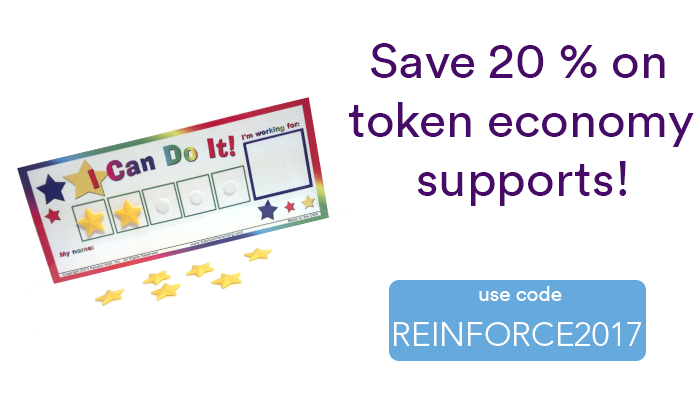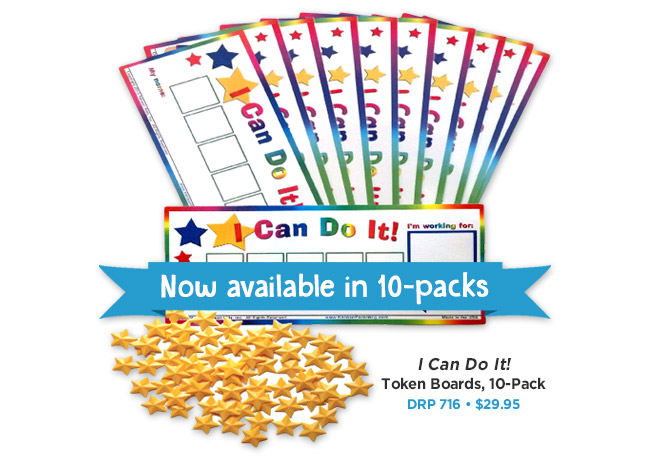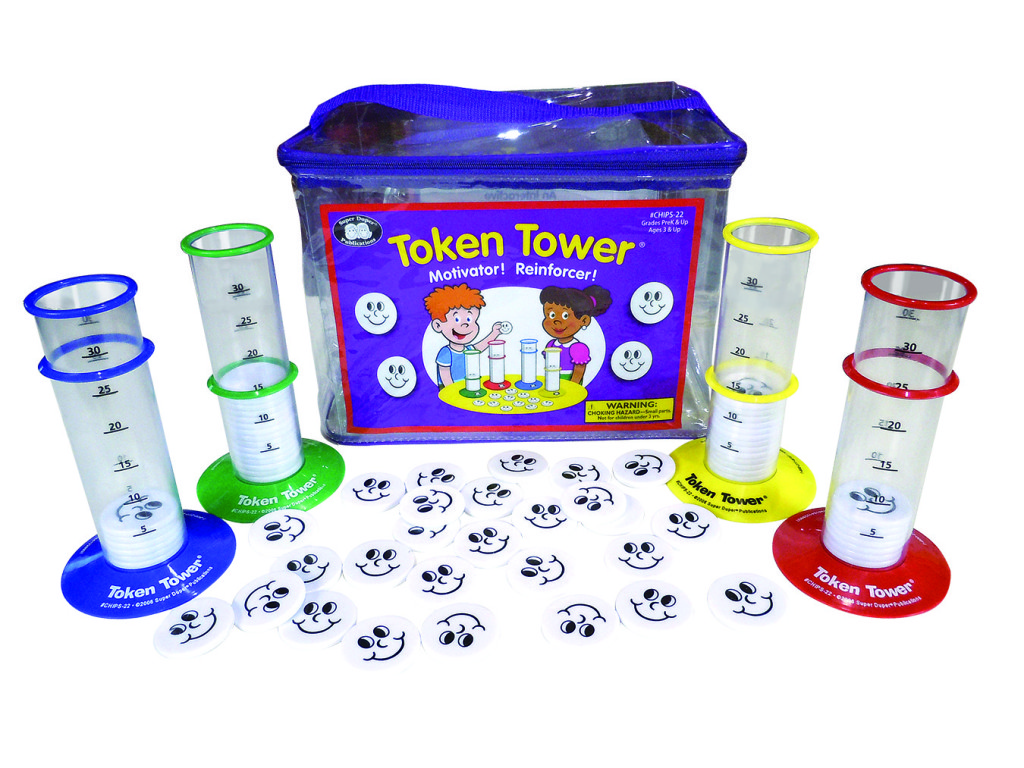If you have ever walked into a restaurant and looked at a menu of food options, you more than likely understand what it is like to be presented with a choice of food reinforcers such as the burger with cheese and pickles vs. the burger with no cheese or the burger with no pickles or cheese. The July journal club article selected by Dr. Blanco and written by Sran and Borrero (2010), highlights an important concept – that even when rules about choice options are not presented, such as what the experimenters did with typical preschoolers, choices were found to be reinforcing and led to increased academic behaviors. That is, having the opportunity to make choices can make a difference in both the behaviors you target to increase or decrease as well as the rewards that function as reinforcement. In general, there is no doubt that choices are a good thing.
To dig a little deeper, the idea of varied choice vs. no choice is an interesting one. Anecdotally and from the research available on choice, having choices is typically viewed as a good circumstance to be in. Research has found that choice opportunities can decrease problem behaviors (Foxx & Garito, 2007; Vaughn & Horner, 1995), increase participation (Harding, Wacker, Berg, Baretto & Rankin, 2002) and increase performance (Moes, 1998) across a variety of tasks.
As I read through Sran and Borrero (2010) I also reflected on some clinical observations I have noticed over the years and came up with this question: Is there ever too much to choose from and is this condition aversive for some? That is, can choices be overwhelming? I have wondered if choice making is on a continuum of some sort in which there may be an optimum or ideal number of choices before the pendulum swings in an undesired direction causing anxiety, fear, and indecision? The experience of “too many choices” can be overwhelming for some and not desirable at all. For example, please do not ask me to go choose some shade of blue for the living room walls! There are too many, I cannot choose. Can having too many choices lead to indecision? Skinner, in his seminal book, Science and Human Behavior (1953) discussed the idea of “indecision” as being an aversive condition that we want to escape by engaging in making a decision. Briefly, Skinner (1953) indicated that once a decision is made, one commits to choosing and we are no longer struggling with indecision, thus the behavior of deciding is reinforced, but getting there can be tumultuous.
Getting back to ABA and our work with individuals who benefit from choices, we must remember that we need to provide choice regularly and it is likely that too many options are probably not helpful. When working with individuals in special education and other settings, providing choices for the following have been known to be exceptionally helpful:
- work order
- tasks to be performed,
- foods to be eaten,
- type of work to be completed,
- amount of work to be completed and
- choice of where one can work,
Also important to understand is that choices can be presented via visual picture presentations, text and other selection mechanisms such as through Augmentative and Alternative Communication devices (AAC). If you are going to provide choices, definitely consider preference assessments as these too are essentially choices of some sort that are likely to increase the overall satisfaction of the individuals you work with.
Carter, C. M. (2001). Using choice with game play to increase language skills and interactive behaviors in children with autism. Journal of Positive Behavioral Interventions, 3(3), 131‐151.
Foxx, R. M., & Garito, J. (2007). The long‐term successful treatment of the very severe behaviors of a preadolescent with autism. Behavioral Interventions: Special Issue: The Treatment and Assessment of the Severe Behavior of Individuals with Autism and Developmental Disabilities, 22, 69‐82.
Harding, J. W., Wacker, D. P., Berg, W. K., Barretto, A., & Rankin, B. (2002). Assessment and treatment of severe behavior problems using choice‐making procedures. Education & Treatment of Children, 25, 26‐46.
Moes, D. R. (1998). Integrating choice‐making opportunities within teacher‐assigned academic tasks to facilitate the performance of children with autism. Journal of the Association for Persons with Severe Handicaps, 23, 319‐328.
Skinner, B.F. (1953). Science and human behavior. New York: The Macmillan Company. ISBN 0029290406
Vaughn, B., & Horner, R. H. (1995). Effects of concrete versus verbal choice systems on problem behavior. AAC: Augmentative and Alternative Communication, 11,
About The Author
Dr. Demiri received her doctorate in Clinical and School Psychology from Hofstra University in 2004 and her Board Certification in Behavior Analysis (BCBA) from Rutgers University in 2005. She currently serves as an adjunct professor at Endicott College in the Van Loan School of Graduate & Professional Studies and she is the district-wide behavior specialist at Hopewell Valley Regional School District in New Jersey. Previously she served as the Assistant Director of Outreach Services at the Douglass Developmental Disabilities Center of Rutgers, The State University of New Jersey, where she spearheaded the Early Intervention Program. Her professional interests include diagnostic assessments, language and social skills development in individuals with autism spectrum disorders as well as international dissemination of Applied Behavior Analysis. She has presented on Applied Behavior Analysis and autism locally, nationally and internationally. Val is the co-author of the book, Jumpstarting Communication Skills in Children with Autism: A Parent’s Guide to Applied Verbal Behavior: Woodbine House.






 Daily planners are an effective way to help kids stay organized as they become more responsible and self-reliant. The
Daily planners are an effective way to help kids stay organized as they become more responsible and self-reliant. The